248 SACD / Mare Balticum Vol. II. Medieval Finland and Sweden
Description
Der ersten Aufnahme der vierteiligen Reihe „Mare Balticum“ mit Musik des Mittelalters aus den Ländern rund um die Ostsee wurde kürzlich der ICMA (International Classical Music Award) . With volume 1 presenting music from Denmark volume 2 is dedicated to 14th – 16th Finland and Sweden.
Such excellent editorial and artistical achievements need special, inventive characters. Agnieszka Budzinska-Bennett creates astonishing and persuasive ideas like the one of this series. She digs out works where others do not even know what to dig for. She makes them playable. And as a musician thoroughly she presents these pieces with her colleagues as a feast for the ears. And the whole in TACET Real Surround Sound!
13 reviews for 248 SACD / Mare Balticum Vol. II. Medieval Finland and Sweden
You must be logged in to post a review.

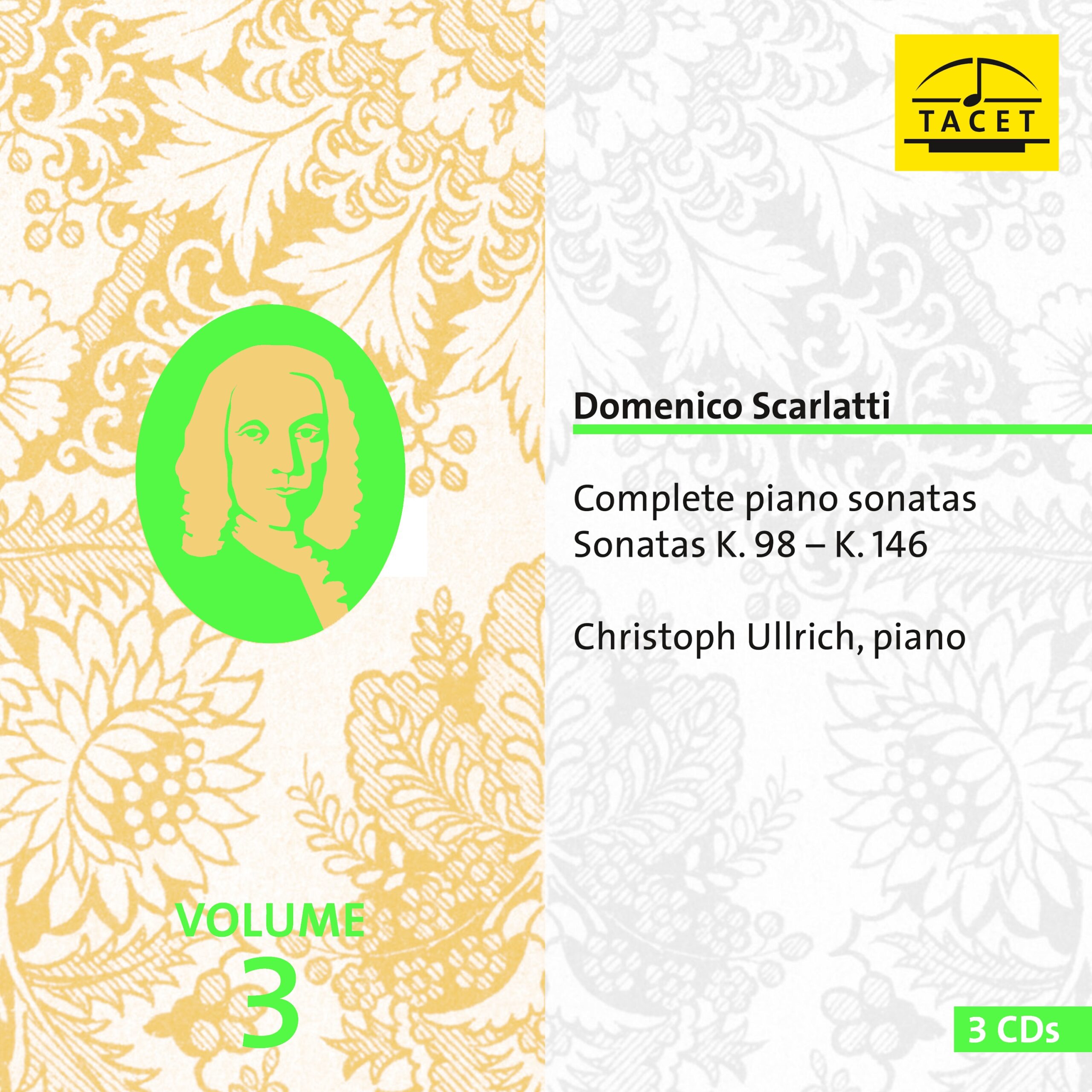
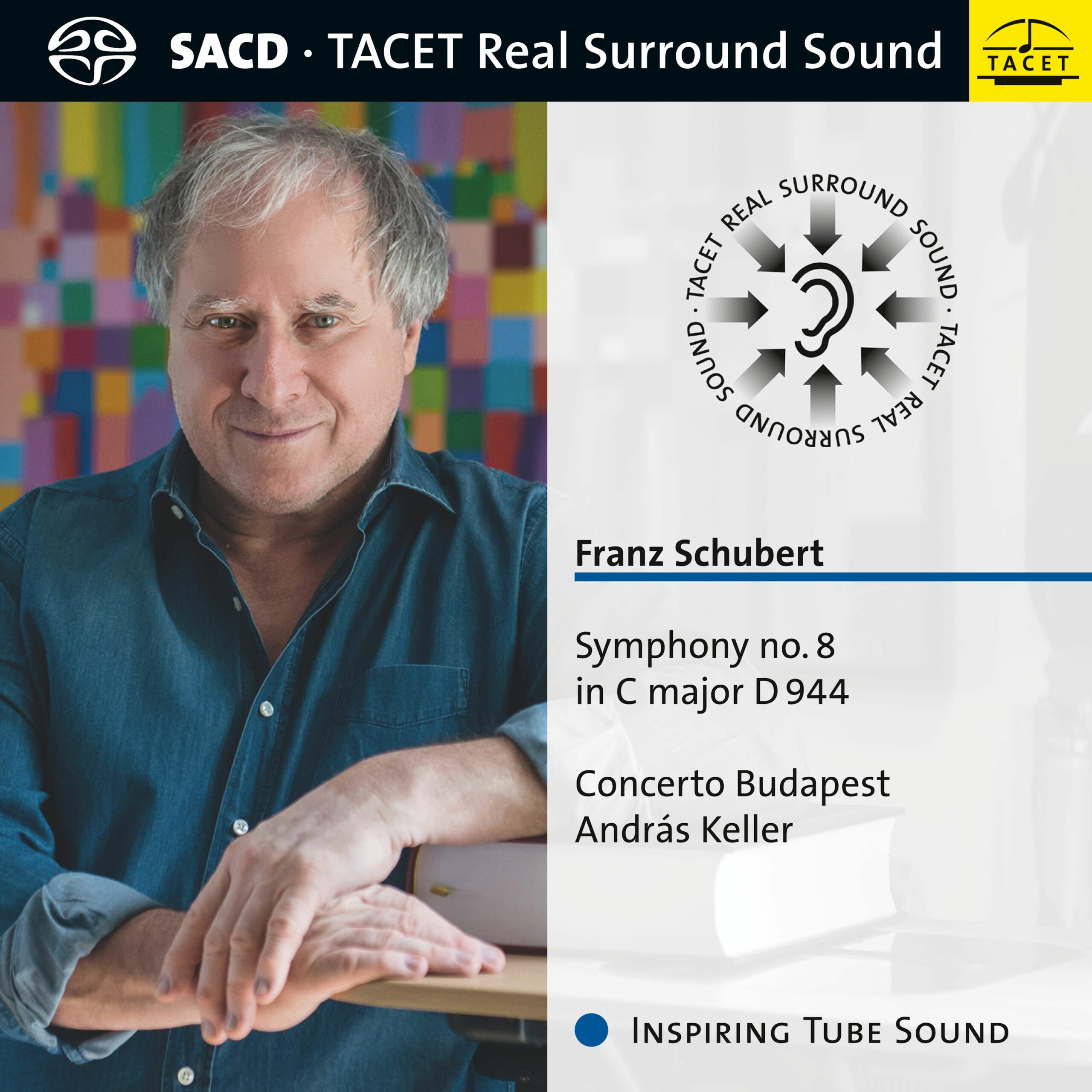
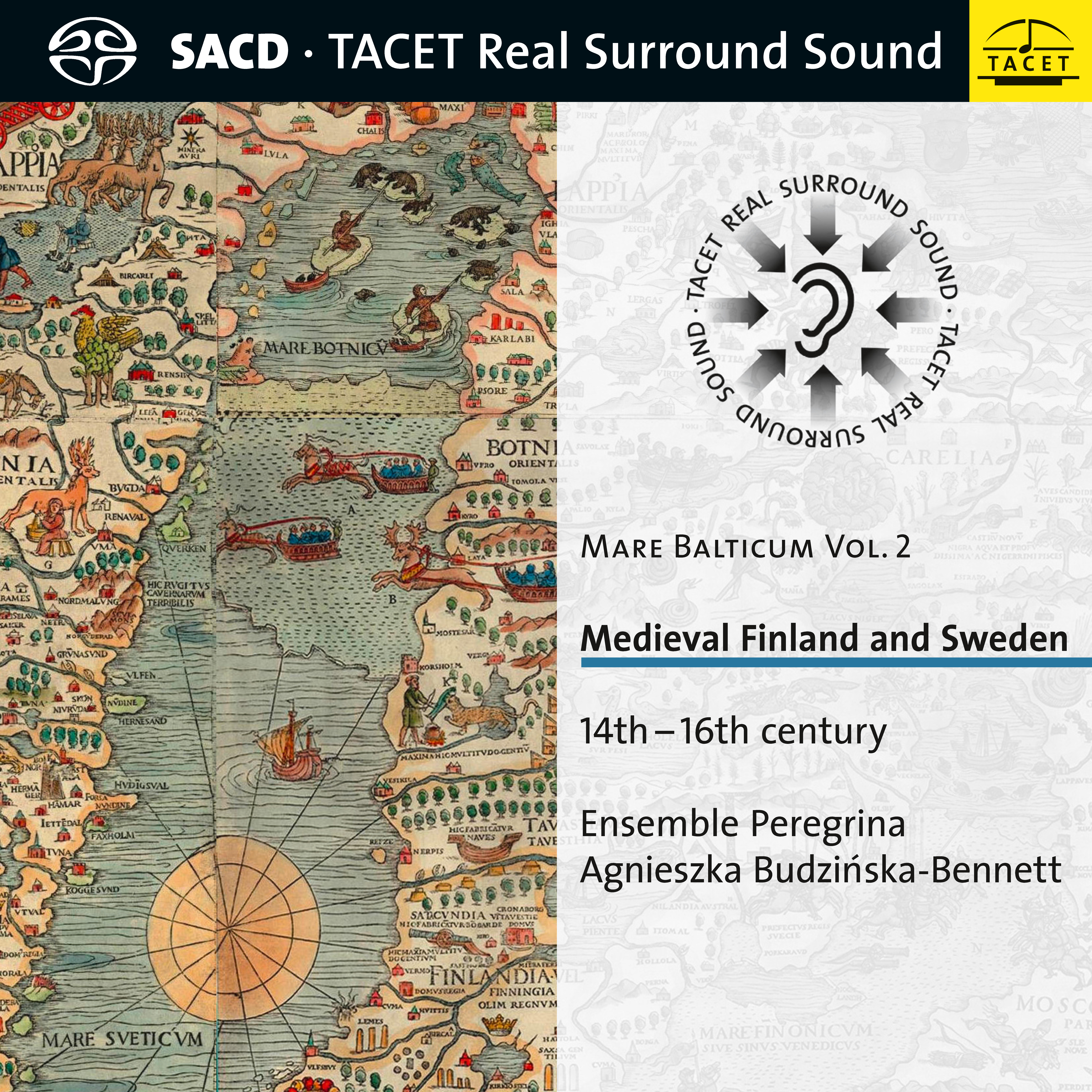
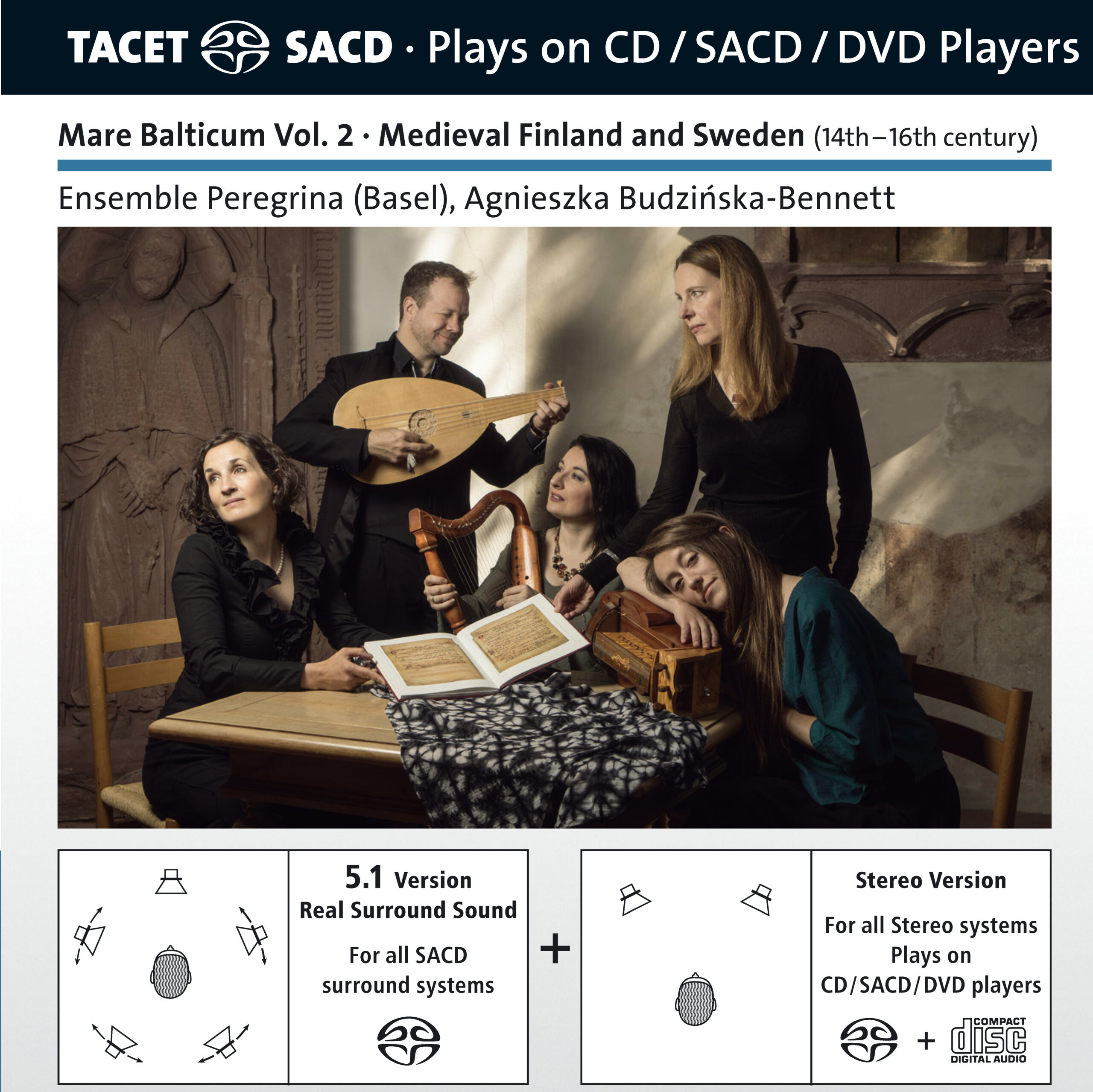
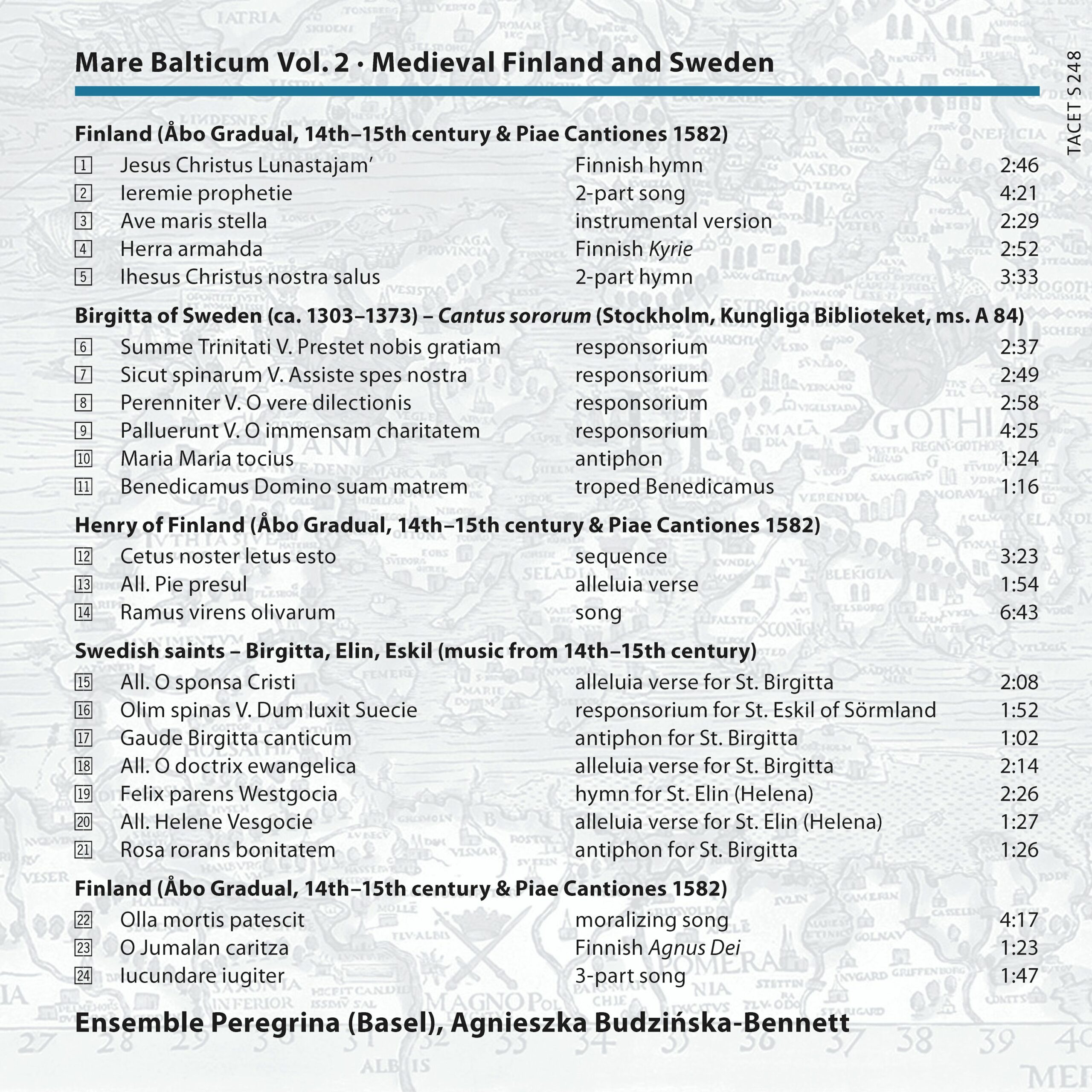





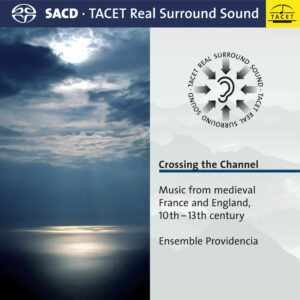
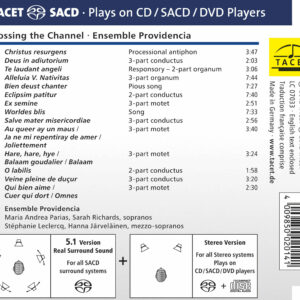
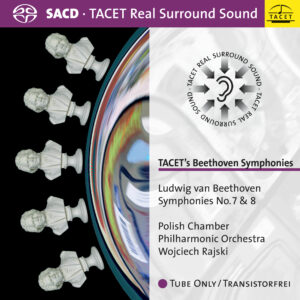
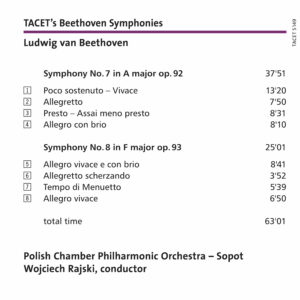
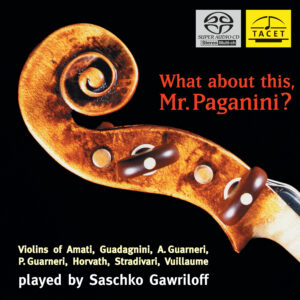
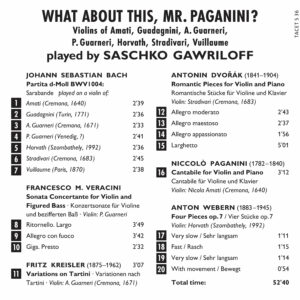
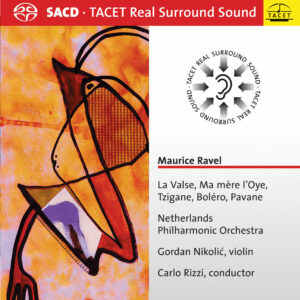
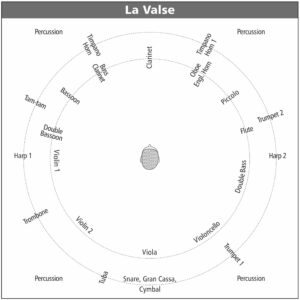
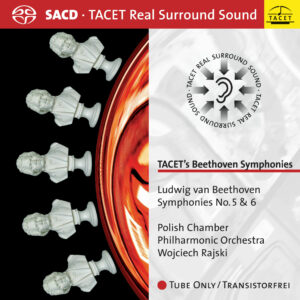
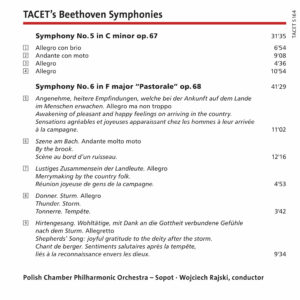
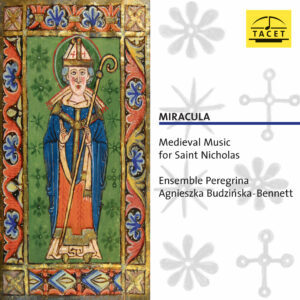
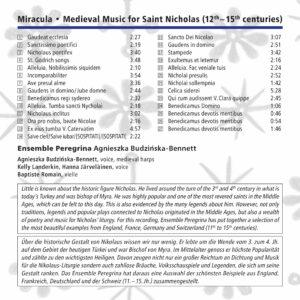
Early Music America –
--> original review
(...) their musicality is absolutely top-notch, from the clarity of the text to the beautiful shape of the melodic lines, the quality and sensitivity of the instrumental accompaniments and solo works, the suppleness, control, blend, and tuning throughout—they are utterly convincing. Each individual album is an entire education unto itself, the series a revelation.
Karen Cook
Classique HD –
C’est le second volet d’une magnifique série de quatre volumes, dédiée à la musique médiévale du Danemark, de la Suède, de la Finlande, de l’Allemagne et de la Pologne. Chaque œuvre est d’une magnifique beauté qui transporte l’auditeur avec une douceur toute particulière.
L’Ensemble Peregrina dirigé par Agnieszka Budzińska-Bennet surprend par son chant si harmonieux, si envoûtant, et chaque note est enchanteresse. C’est un album remplit de merveilles qui vous apporteront calme et sérénité. Le son 5.1 accroit beauté du récital.
Album du Mois Julliet 2020, Classique HD
English Translation
This is the second in a magnificent four-volume series, dedicated to the medieval music of Denmark, Sweden, Finland, Germany and Poland. Each work is of magnificent beauty, transporting the listener with a special gentleness.
The Ensemble Peregrina led by Agnieszka Budzińska-Bennet surprises with its harmonious, spellbinding singing, and every note is enchanting. This is an album full of wonders that will bring you calm and serenity. The 5.1 sound enhances the beauty of the recital.
Album of the Month July 2020, Classic HD
www.resmusica.com –
–> Critique originale
Cette parution offre la possibilité de découvrir la musique médiévale des rives de la mer Baltique, un répertoire inédit intelligemment proposé par Agnieszka Budzińska-Bennett et ses musiciens.
Déjà remarqué lors d’un premier volume consacré aux musiques médiévales du Danemark, l’Ensemble Peregrina situé à Bâle propose le deuxième volet de sa collection « Mare Balticum » qui en comportera quatre.
Il est bon de rappeler la situation de la mer Baltique, dans cette grande partie de l’Europe du Nord présentant une vaste étendue presque fermée, entourée de terres imprégnées de fortes traditions musicales. Ce programme éclaire sur le répertoire vocal sacré en Finlande et en Suède du XIVᵉ au XVIᵉ siècles. Issus de divers recueils de chants destinés aux communautés religieuses comme le Abo gradual, le Piae canciones ou le Cantus sonorum de Stockholm, Agnieszka Budzińska-Bennett a sélectionné les pièces les plus significatives écrites pour la liturgie. Des hymnes, des répons et autres Alléluia chantés en monodie ou à deux voix, parfois a cappella, ou accompagnés par quelques instruments médiévaux.
Cette mise en scène capte une ambiance particulière que la petite église de Binningen près de Bâle en Suisse restitue pleinement, telle une vieille chapelle de couvent. À ce propos, le label Tacet soigne toujours particulièrement bien ses prises de son. Pour ceux qui bénéficient d’une installation Surround 5 points, le format SACD permet une mise en espace tout à fait étonnante. Également disponibles sur le même support CD, les deux pistes stéréo habituelles conservent de manière satisfaisante une ambiance des plus aérées, au service d’une netteté indispensable à ces chants. Des voix au nombre de neuf, sept sont féminines, soutenues par deux voix d’homme, celles de Baptiste Romain et Marc Lewon qui assurent avant tout l’accompagnement instrumental (vielle, luth et cistre). Ces instruments interviennent « colla parte » à l’unisson des voix, ou plus individuellement. Il y a ici une perception générale apaisante qui rend l’écoute particulièrement agréable.
On reconnaîtra aisément quelques mélodies en usage dans la liturgie catholique comme Ave Maris Stella, Jeremie prophete ou Benedicamus Domino. Le livret du CD offre les textes des chants et leurs traductions. La beauté des voix, travaillées et élevées dans un style d’une homogénéité exemplaire, contribue à la grande qualité de cet enregistrement. Les musiques sacrées de la Baltique, cette mer dont les contours évoquent la silhouette d’une femme en prière, sonnent en gloire grâce à l’Ensemble Peregrina. On attend les deux volets suivants qui boucleront une anthologie de spécialistes et qui fera date.
Frédéric Muñoz
English Translation
This new release offers the chance to discover medieval music from the shores of the Baltic Sea, a new repertoire intelligently presented by Agnieszka Budzińska-Bennett and her musicians.
Das in Basel ansässige Ensemble Peregrina, das bereits mit einem ersten Band über mittelalterliche Musik aus Dänemark auf sich aufmerksam gemacht hat, legt nun den zweiten Teil seiner Reihe „Mare Balticum“ vor, die insgesamt vier Bände umfassen wird.
It's worth recalling the location of the Baltic Sea, in this large part of Northern Europe presenting a vast, almost enclosed expanse, surrounded by lands steeped in strong musical traditions. This program sheds light on the sacred vocal repertoire in Finland and Sweden from the XIVᵉ to the XVIᵉ centuries. Drawn from various collections of songs intended for religious communities, such as Abo gradual, Piae canciones or the Stockholm Cantus sonorum, Agnieszka Budzińska-Bennett has selected the most significant pieces written for the liturgy. Hymns, responsories and other Alleluia sung in monody or in two voices, sometimes a cappella, or accompanied by a few medieval instruments.
Diese Inszenierung fängt eine besondere Atmosphäre ein, die die kleine Kirche in Binningen bei Basel in der Schweiz wie eine alte Klosterkapelle vollständig wiedergibt. Übrigens: Das Label Tacet pflegt seine Tonaufnahmen immer besonders sorgfältig. Für diejenigen, die über eine 5-Punkt-Surround-Anlage verfügen, ermöglicht das SACD-Format eine ganz erstaunliche räumliche Gestaltung. Die beiden üblichen Stereospuren, die ebenfalls auf demselben CD-Medium erhältlich sind, sorgen für eine luftige Atmosphäre und die für diese Gesänge notwendige Klarheit. Von den neun Stimmen sind sieben weiblich, unterstützt von zwei Männerstimmen, Baptiste Romain und Marc Lewon, die vor allem die instrumentale Begleitung (Vielle, Laute und Cister) übernehmen. Diese Instrumente treten „colla parte“ im Unisono mit den Stimmen oder individueller auf. Es gibt hier eine beruhigende Gesamtwahrnehmung, die das Zuhören besonders angenehm macht.
Some of the melodies used in Catholic liturgy, such as Ave Maris Stella, Jeremie prophete and Benedicamus Domino, are easily recognizable. The CD booklet includes the texts of the songs and their translations. The beauty of the voices, worked and raised in a style of exemplary homogeneity, contributes to the high quality of this recording. The sacred music of the Baltic, that sea whose contours evoke the silhouette of a woman at prayer, sounds in glory thanks to Ensemble Peregrina. We look forward to the next two instalments, which will bring this landmark anthology of specialist works to a close.
Frédéric Muñoz
TOCCATA-ALTE MUSIK AKTUELL, Nummer 105 –
(...) The intonation of the seven female voices is of captivating purity, the vividness of the texts very lively and the rhythmic shaping extraordinarily successful.
Wolfgang Reihing
Concerto – Das Magazin für Alte Musik, Nummer 290 –
(...) And so it should come as no surprise that everything that was praiseworthy about the first production is also convincing in this production: the crystal-clear voices of the ensemble, the flawless intonation, the auratic sound and the excellent documentation in the booklet, which also provides detailed information about the sources used. (...)
Andreas Waczkat
Klassik heute –
--> original review
You have to get involved with this second installment of the CD project "Mare Balticum". Of course, this is generally true for any album, but in this particular case it is recommended to really take your time and create a quiet atmosphere for concentrated listening. The six monophonic chants from the Cantus sororum of Birgitta of Sweden (c. 1303-1373), according to the informative booklet the only liturgical repertoire ever compiled for "exclusive use by women," take a good quarter of an hour. The four selected responsories, plus an antiphon and a tropus, are of the greatest melodic beauty; variety, of course, is not created by contrasts to which today's listeners are accustomed, but subtly by the alternation between solo voice and women's choir, also the rhythmic freedom with which the clear, yet at the same time sensually colorful voices of the Ensemble Peregrina develop the Gregorian chants.
Subtile melodische Schönheit
It is a different sense of time that the nine musicians create here, one that is determined by deep contemplation, not infrequently also by static, such as in the Finnish sequence Cetus noster letus esto, accompanied only by a drone. In comparison, the hymn Ramus virens olivarum from the Finnish collection Piae Cantiones from 1582 seems all the more lively: the rhythms are immediately communicated, and the ensemble, assembled here in its entirety, discovers a very effective
Steigerungsdramaturgie.
But such dynamics are rather the exception, similar to instrumental pieces (an Ave maris stella played improvisationally fresh with fiddle and lute) or the folk music catchy song Finnish Olla mortis patescit (also from the collection Piae Cantiones). Also, the Finnish chants in particular, such as the long two-part organa Jesus Christus Lunastajam and Ihesus Christus nostra salus, seem considerably older than the given chronological placement in the 15th and 16th centuries, respectively, would suggest; one would rather assume that they date from the Middle Ages rather than the Renaissance period. This is the insight one gains from this fascinating production if one listens to it with real concentration: how obviously untouched by European developments music was made at that time, at least in parts of Sweden and Finland - and how differentiated and appealingly the musicians of the "Ensemble Peregrina" under Agnieszka Budzinska-Bennett bring all these rarities to life.
Dr. Michael B. Weiß
klassik.com –
--> original review
This circumnavigation of the medieval Baltic Sea is something to be enjoyed: In the current episode with music from Sweden and Finland, seriously and with stupendous artistic gesture offered by the ensemble Peregrina and Agnieszka Budzińska-Bennett - a remarkable half-time balance of the small series.
Audio 11/2019 –
The Ensemble Peregrina explores the music of the European Northeast from the 12th to the 16th century. This time the musicians take on tunes from Sweden and Finland, which open up a wonderful world to the listener: Chants of a monastic liturgy that seem foreign and yet familiar. Perhaps one will not be able to remember any of these 24 gems, but one is left with deep admiration for the dedication and unaffected connoisseurship with which the Ensemble Peregrina makes music. Immersion in this world is facilitated by the Tacet-typical "Real Surround Sound", which truly envelops the listener. But even the stereo tracks are already a great pleasure.
Lothar Brandt
www.hraudio.net –
--> original review
Die erste Einspielung der vierteiligen Reihe „Mare Balticum“ mit mittelalterlicher Musik aus den Ländern rund um die Ostsee wurde gerade mit dem ICMA (International Classical Music Award) ausgezeichnet. Während Band 1 Musik aus Dänemark präsentiert, widmet sich Band 2 dem 14. bis 16. Solch herausragende redaktionelle und künstlerische Leistungen bedürfen besonderer, ideenreicher Persönlichkeiten. Agnieszka Budzinska-Bennett schafft erstaunliche und überzeugende Ideen wie die dieser Reihe. Sie gräbt Werke aus, wo andere nicht einmal wissen, wonach sie graben sollen. Sie macht sie spielbar. Und als Musikerin durch und durch präsentiert sie diese Stücke mit ihren Kollegen als Ohrenschmaus. Und das Ganze in TACET Real Surround Sound!
BR Klassik, „Die Kostprobe“ CD-Tipp –
(...) The voices of the singers of the ensemble Peregrina sound immaculately slender and pure, as if detached from everything earthly.(...)
Volker Sellmann
Choir & Organ Magazine –
The Peregrina ensemble, under the direction of Agnieszka Budzińska-Bennett and Benjamin Bagby, presents some glorious rarities with "Music in Medieval Denmark" (Tacet 243). For Mare Balticum Vol. 1, the first in a planned series featuring music from the Baltic Sea neighboring countries, they have compiled repertoires from the 13th century by Master Rumelant of Saxony and the Knud Lavard Office, supplemented with material from the 15th century found in a manuscript at the Arnamagnæan Institute in Copenhagen. Spiritual and secular songs, including songs about two medieval regicide events, constitute wonderful, vibrant material, supported by impeccable research and outstanding performances. The lively singing of the female ensemble and the soloists is contrasted by the resonant, distinctive narrative style of the bass, Benjamin Bagby.
The tasteful, delicate, and charming instrumental contributions on medieval harps, vielle, bowed lyre, and sinfonia are thoughtfully integrated. The sound of the recording is exquisite, with depth, immediacy, and resonance, without artificiality. There is so much to savor in this fine start to a fascinating and highly entertaining project.
Rebecca Tavener Choir & Organ, Oktober 2019)
CD HotList –
The first volume in this series, the stated purpose of which is to explore the medieval music of the Baltic Sea region (and which garnered a Rick’s Pick designation in the May 2018 issue of CD HotList), was devoted to music from Denmark. The second one focuses on Finland and Sweden, with a particular emphasis on chants that were unique to the Birgittine Order in the 14th century or that were composed in praise of St. Birgitta, patron saint of Sweden. Other selections come from the Åbo Gradual and Piae cantiones ecclesiastical et scholastic veteran episcoporum collections, and the program offers a nicely varied array of plainchant, part songs, hymns, antiphons, and sequences, all sung with magnificent clarity and purity by the members of Ensemble Pelegrina. For all collections.
Pizzicato –
--> original review
The first release of medieval music from Denmark was already awarded by the ICMA in 2018. Now, under the direction of Agnieszka Budzińska-Bennett, the Peregrina ensemble presents another release, reintroducing the music of the same era from the Baltic region, this time from Finland and Sweden. These works date back to the 15th century and focus on the Swedish music, highlighting monophonic clerical chants from the Bridgettine nunnery. The nun Birgitta founded an order, in whose liturgy these exclusively composed works for nuns were performed. For the Finnish side, songs dedicated to saints who arrived in the land as early as the 11th century were chosen. Among them is a hymn praising an English missionary who was killed by a Finnish pagan.
After years of intensive research in the sources, the Basel-based Peregrina ensemble now presents the results in an audible form. They bring the music to life in twenty-four steps, divided into five thematic sections. Just as Sister Birgitta, who embarked on pilgrimages to Santiago de Compostela and Rome, the name Peregrina alludes to the wandering of that era. This, of course, implies a geographical change, but it also signifies spiritual openness and a readiness for mental transformation. With this curiosity, they delved deeply into the subject matter. This led to an in-depth understanding among the choir and subsequently offers interested listeners an engaging access to this ancient music due to the outstanding execution.
The eloquence of the singing and the subtlety of the vocal lines allow the voices, which already follow monophonic lines, to meld even more intensely without creating a mush. Rather, the nine performers weave a close web of relationships, revealing the finest threads.
Uwe Krusch